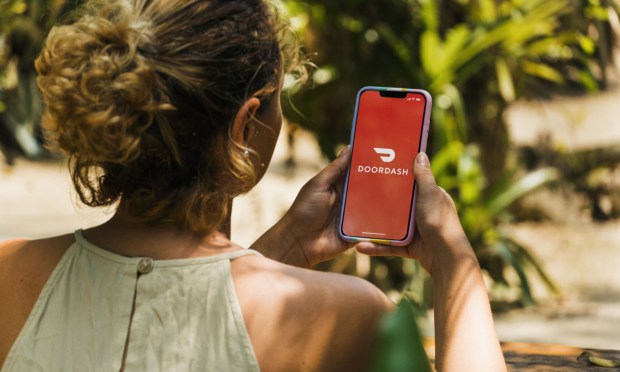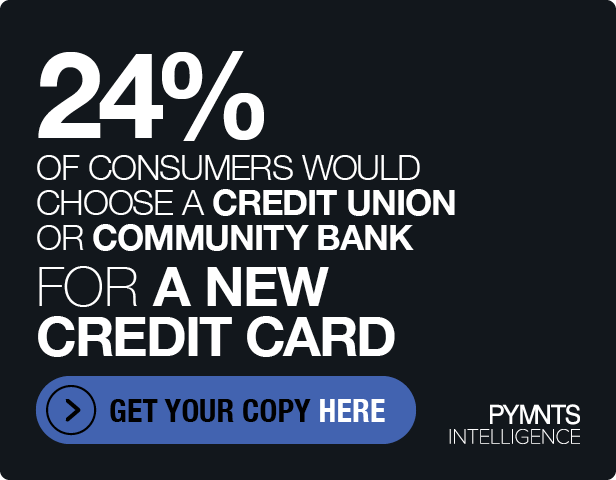DoorDash and Uber Race to Drive Delivery Subscription Usage

As restaurant aggregators look to win consumers’ loyalty and gain share from competitors, subscriptions are a key tool, and DoorDash and Uber both are doing everything in their power to drive up usage among members.
For DoorDash’s part, the company’s strategy has been to start in the high-frequency restaurant delivery sector, with which it can gain share of consumers’ day-to-day food spending, and build out to other, more specialized categories, as co-founder, chairman and CEO Tony Xu told analysts on a call Wednesday (Aug. 2) discussing the aggregator’s latest financial results.
“Subscription programs that are really successful are those that get used the most often. … The category that we started in, [restaurant delivery], is the largest and most frequent, … from [how] people think about spending their discretionary income to [what] they do physically to survive,” Xu said. “[With] all of the different types of categories of retail that we participate [in], we’re going to have to keep … investing more into things that will continue to drive the usage of our subscription program.”
Xu did not specify the number of subscribers (as the company has done in previous quarters), but he did note that the program had a “record quarter,” with chief financial officer Ravi Inukonda adding that DashPass saw quarter-over-quarter and year-over-year subscriber growth.
Similarly, Uber is focused on driving usage of its Uber One membership, which includes Uber Eats deals, to boost customer loyalty, as CEO Dara Khosrowshahi told analysts on a its second-quarter earnings call Tuesday (Aug. 1).
“In terms of Uber One,” Khosrowshahi said, “we’re less focused on profitability generally as we are in driving engagement and retention of the Uber One product. … Our profit margins from Uber One members are generally lower, because we’re delivering on discounts, … but their lifetime value is significantly higher.”
He noted that members’ monthly spending exceeds that of non-members 4 to 1 and that retention is 50% higher for members than non-members.
DoorDash is the leading aggregator in the nation by a considerable margin, and gaining share, according to a PYMNTS survey of nearly 2,000 U.S. consumers in June for the Connected Dining series.
The study found that 77% of aggregator customers reporting having made purchases from the San Francisco-based food delivery service in the previous six months, while only 49% that said the same of Uber Eats. Additionally, while DoorDash adoption among aggregator users has increased from 70% a year ago, Uber Eats has fallen from 55%.
That said, overall, delivery aggregators represent only a small fraction of total restaurant purchases. The survey revealed that less than 5% of respondents had placed their last restaurant order online through a food aggregator, and only about 4 in 10 reported having used an aggregator in the past six months.
Notably, while DoorDash may win in the United States, Uber Eats’ strong international presence helps to close the gap globally. The former reported marketplace GOV (gross order value) of $16.5 billion in the second quarter, while Uber reported delivery gross bookings of $15.6 billion.

